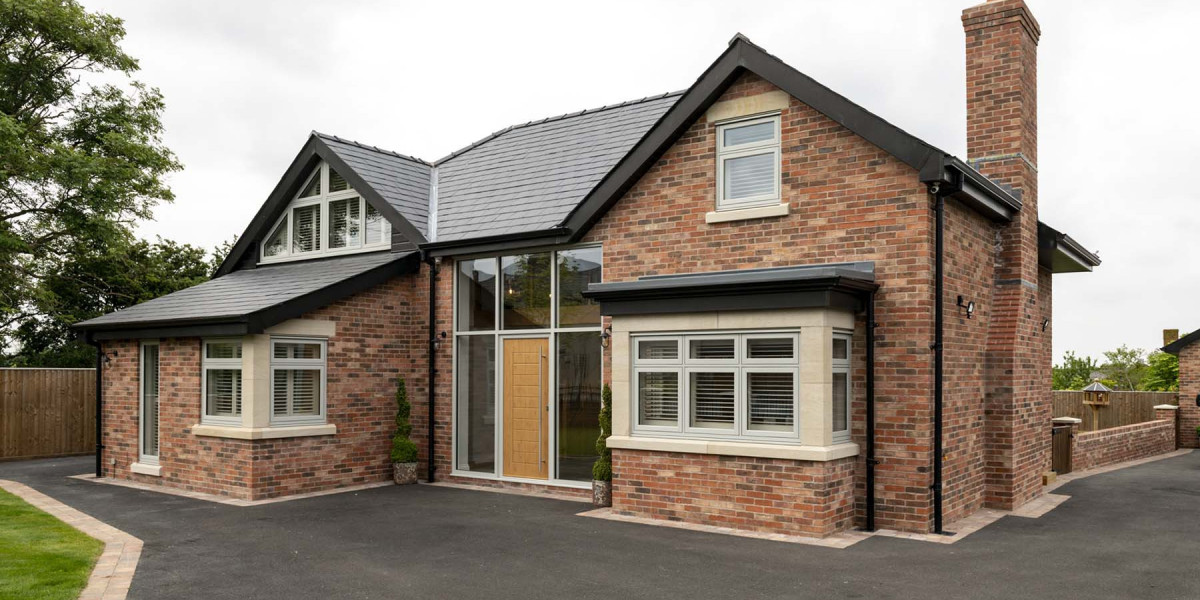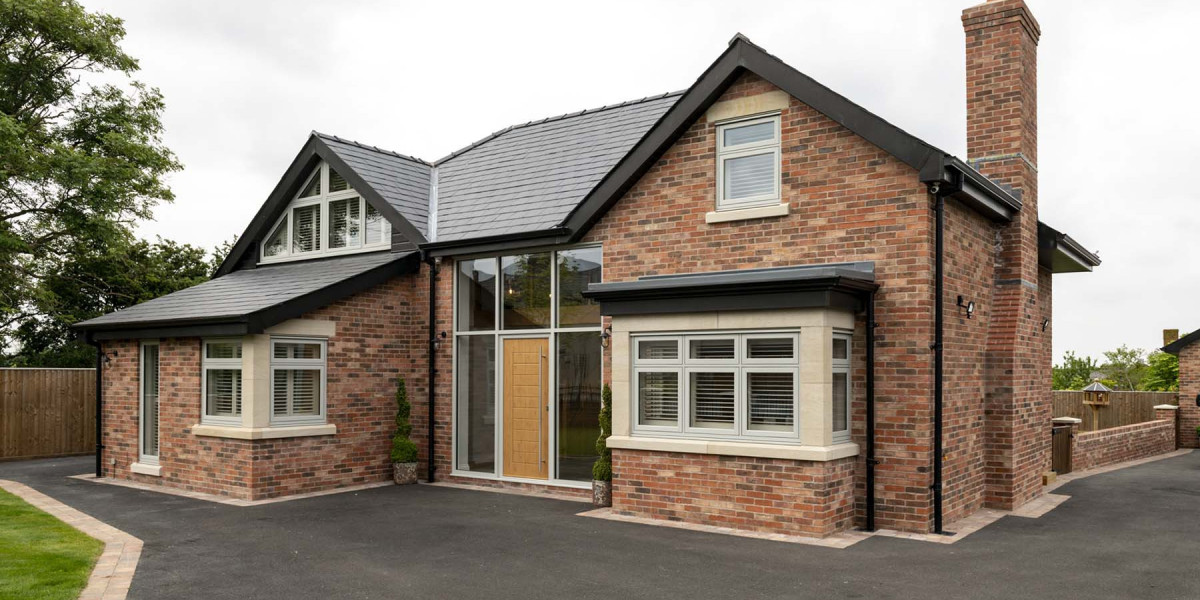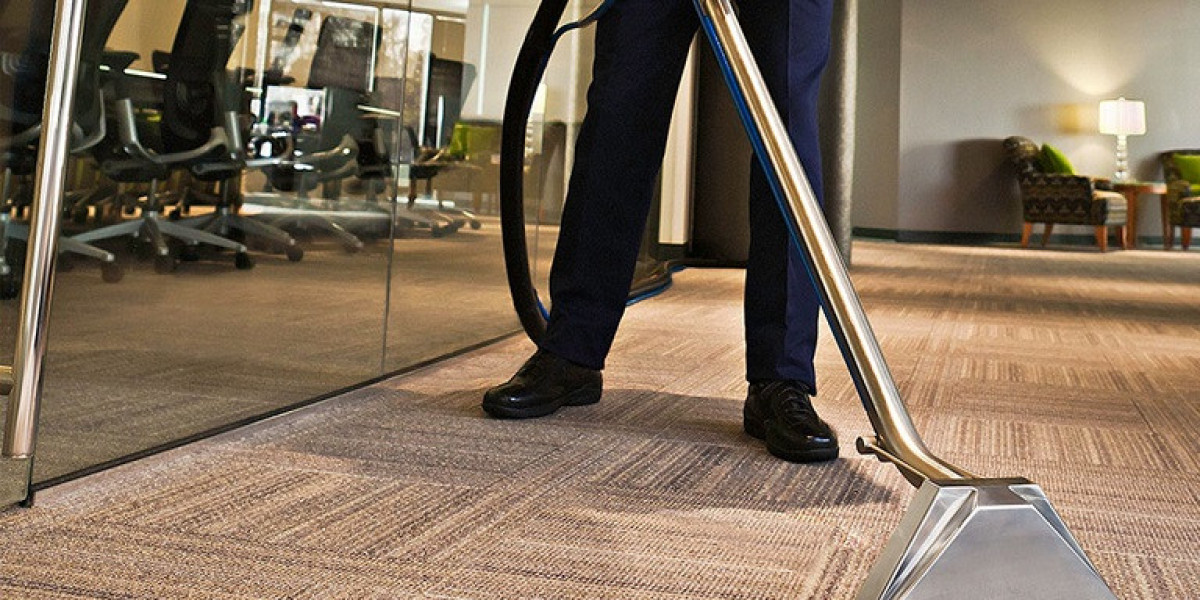In the ever-evolving field of architecture and interior design, glass partitions have emerged as a transformative element that balances aesthetics with functionality. These transparent barriers have redefined spatial organization in both commercial and residential environments, offering a myriad of benefits that cater to contemporary needs. As we delve into the evolution, advantages, and considerations associated with glass partitions, it becomes evident that they are not merely a design choice, but a strategic solution for modern living and working spaces.
Historical Context
The use of glass in architecture dates back centuries, but it was not until the late 19th and early 20th centuries that its potential for partitioning spaces was fully realized. The advent of industrial glass production allowed architects to experiment with larger panes and innovative designs. From the iconic glass houses of the modernist movement to the sleek skyscrapers of today, glass has played a pivotal role in shaping our built environment.
In the early 2000s, as open-plan offices became the norm, the need for flexible, adaptable spaces grew. Traditional walls were often cumbersome and limiting, prompting designers to explore alternatives that could enhance collaboration while maintaining a sense of privacy. This is where glass partitions entered the scene, providing a solution that allowed for both openness and separation.
Design Versatility
One of the most compelling aspects of glass partitions is their versatility in design. They can be tailored to fit a variety of styles, from minimalist and contemporary to more traditional aesthetics. Glass can be frosted, tinted, or etched, allowing for privacy while still permitting light to flow through. This adaptability makes glass partitions suitable for a wide range of applications, including offices, retail spaces, healthcare facilities, and residential homes.
Moreover, glass partitions can be configured in numerous ways, including full-height walls, sliding doors, and modular systems. This flexibility enables designers to create dynamic environments that can be easily reconfigured as needs change. For instance, in an office setting, a company may choose to use glass partitions to create collaborative workspaces that can be adjusted over time to accommodate different team sizes or project requirements.
Benefits of Glass Partitions
1. Natural Light and Aesthetics
One of the primary advantages of glass partitions is their ability to enhance natural light within a space. Unlike traditional walls, which can create dark, enclosed environments, glass allows sunlight to permeate throughout, reducing the need for artificial lighting during the day. This not only creates a more inviting atmosphere but also contributes to energy savings and improved mood for occupants.
The aesthetic appeal of glass is undeniable. It can create a sense of elegance and modernity, making spaces feel larger and more open. The transparency of glass can also provide visual continuity, allowing for a seamless flow between different areas within a building.
2. Acoustic Performance
While glass is often perceived as a material that lacks sound insulation, advancements in technology have led to the development of acoustic glass partitions that effectively dampen noise. These specialized glass panels can help create quieter work environments Windows By Ideal Glass minimizing distractions, which is particularly beneficial in open-plan offices where sound can easily travel.
3. Flexibility and Adaptability
As mentioned earlier, the modular nature of glass partitions allows for easy reconfiguration. This flexibility is invaluable in spaces that require frequent changes, such as co-working environments or event venues. Businesses can adapt their layouts to suit different functions, whether it’s hosting a meeting, a presentation, or a social gathering, without the need for extensive renovations.
4. Sustainability
In an era where sustainability is paramount, glass partitions can contribute to eco-friendly building practices. The use of glass can minimize the need for additional lighting, reducing energy consumption. Additionally, many glass products are recyclable, making them a more sustainable choice compared to traditional building materials.
Considerations and Challenges
Despite the numerous benefits, there are considerations to keep in mind when incorporating glass partitions into a design. Privacy can be a concern, especially in environments where confidential discussions take place. While frosted or tinted glass can provide some level of seclusion, it may not be sufficient for all situations. Designers must carefully assess the needs of the occupants and choose appropriate glass solutions that balance transparency with privacy.
Another challenge is the maintenance of glass surfaces. Fingerprints, smudges, and dust can be more visible on glass than on traditional wall materials, necessitating regular cleaning to maintain a pristine appearance. Additionally, glass partitions can be more expensive than conventional walls, both in terms of material costs and installation.
Future Trends
Looking ahead, the future of glass partitions appears promising. With advancements in smart glass technology, we may see the emergence of dynamic glass that can change its opacity or tint in response to environmental conditions or user preferences. This innovation could further enhance the versatility of glass partitions, allowing for customizable privacy and light control.

Furthermore, as remote work continues to influence office design, the demand for adaptable and multifunctional spaces will likely increase. Glass partitions can play a crucial role in creating environments that foster collaboration while providing areas for focused work.
Conclusion
In conclusion, glass partitions represent a significant advancement in architectural design, merging form and function in a way that meets the demands of modern life. Their ability to enhance natural light, provide acoustic solutions, and offer design flexibility makes them an invaluable asset in various settings. As we continue to explore innovative materials and technologies, glass partitions will undoubtedly remain a key player in shaping the future of our built environments. The evolution of glass partitions reflects not only changes in architectural trends but also our growing understanding of how space can impact our lives, making them an essential consideration for any design project.







